


Did you know that around 30% of our general waste is made up of food waste? Approximately 60% of this is avoidable and could have been eaten or drunk if used up in time – we could all save £720 a year by reducing our food waste. Check out our tips below to learn how to stop food waste.
Planning is the best way to save money on the weekly shop while cutting waste and helping the planet.
There are three simple steps to follow:
How to write a meal plan:
How to write a shopping list:

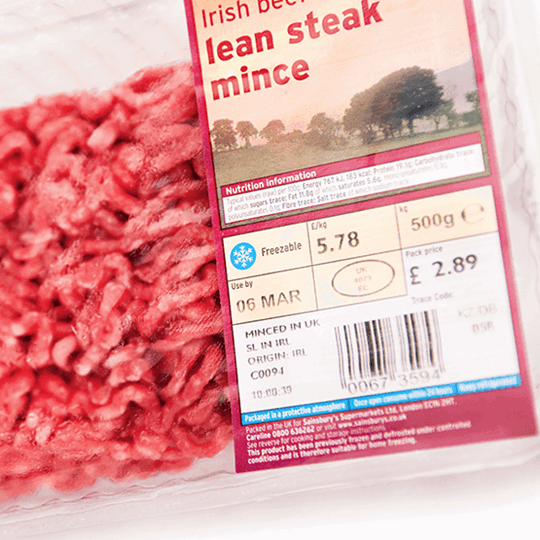
The dates commonly found on packaging can cause some confusion.
There are three simple points to consider:
The way we store food has the potential to extend its useable lifespan massively.
Three important things to keep in mind are:
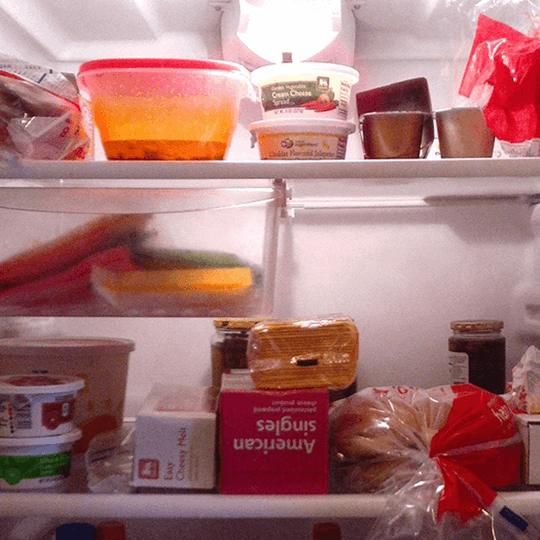

Preparing or cooking the right amount of food is a great way to cut waste and can save a lot of money too.
Three important things to consider are:
Leftovers are made up of fabulous food that you have bought and made into great meals so why wouldn't you use them up.
There are three ways to make your leftovers work for you:
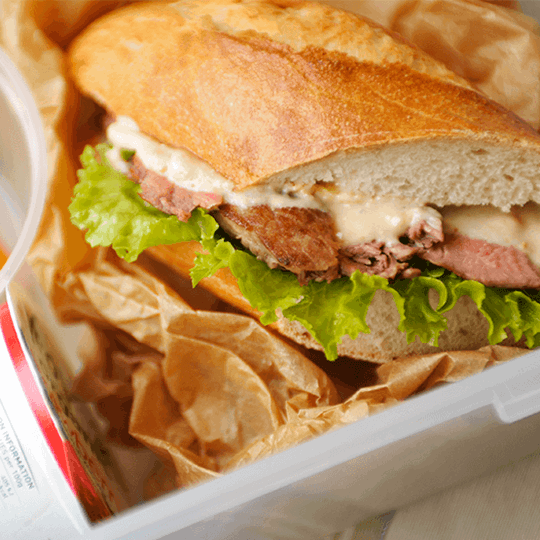
By reducing food waste the average family could save over £700 a year!
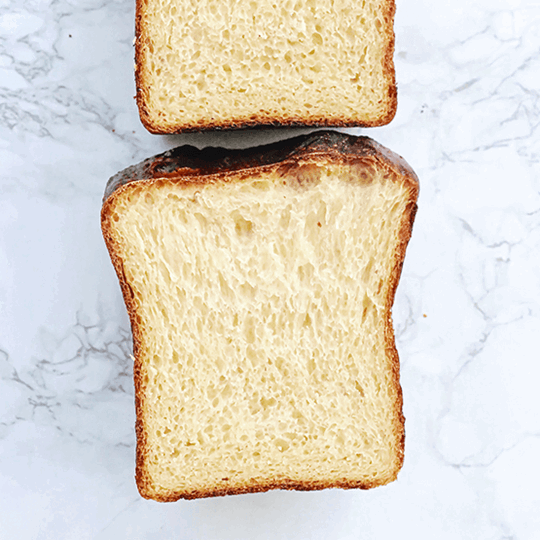
Bread is one of our most commonly wasted foods - the UK wastes around 1 million loaves of bread every day!
Our top tips to cut down on bread waste:
Salad, lettuce and leafy greens are some of our most commonly wasted foods - In the UK households spend over £400million a year on lettuce and leafy greens that get thrown away
Our top tips to cut down on salad waste:

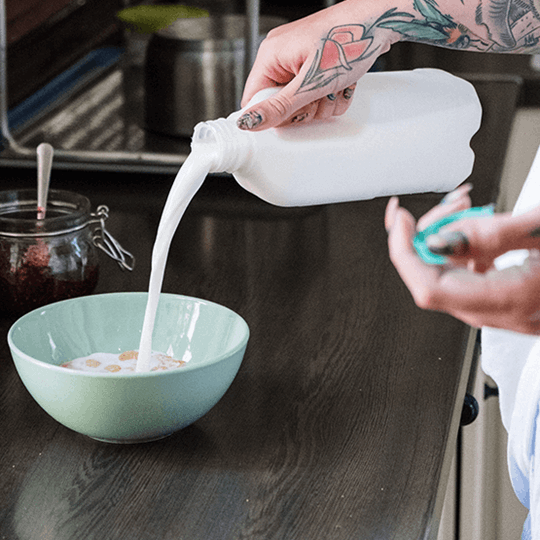
Milk is one of our most commonly wasted foods - nearly £150 million of milk is poured down the drain every year in the UK!
Our top tips to cut down on milk waste:
Fruit and veg are some of our most commonly wasted foods - the average UK houshold wastes nearly £100 a year on fruit, veg and salad that isn't used up in time!
Our top tips to cut down on fruit and veg waste:
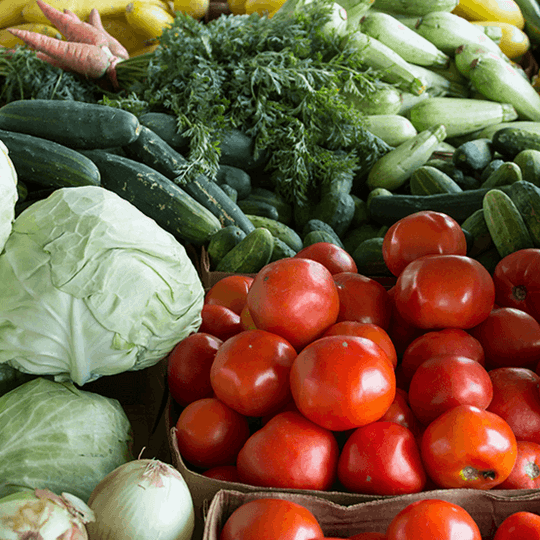

Meat is one of our more commonly wasted foods - the average UK household waste over £60 a year on fresh meat and fish!
Our top tips to cut down on meat and fish waste: